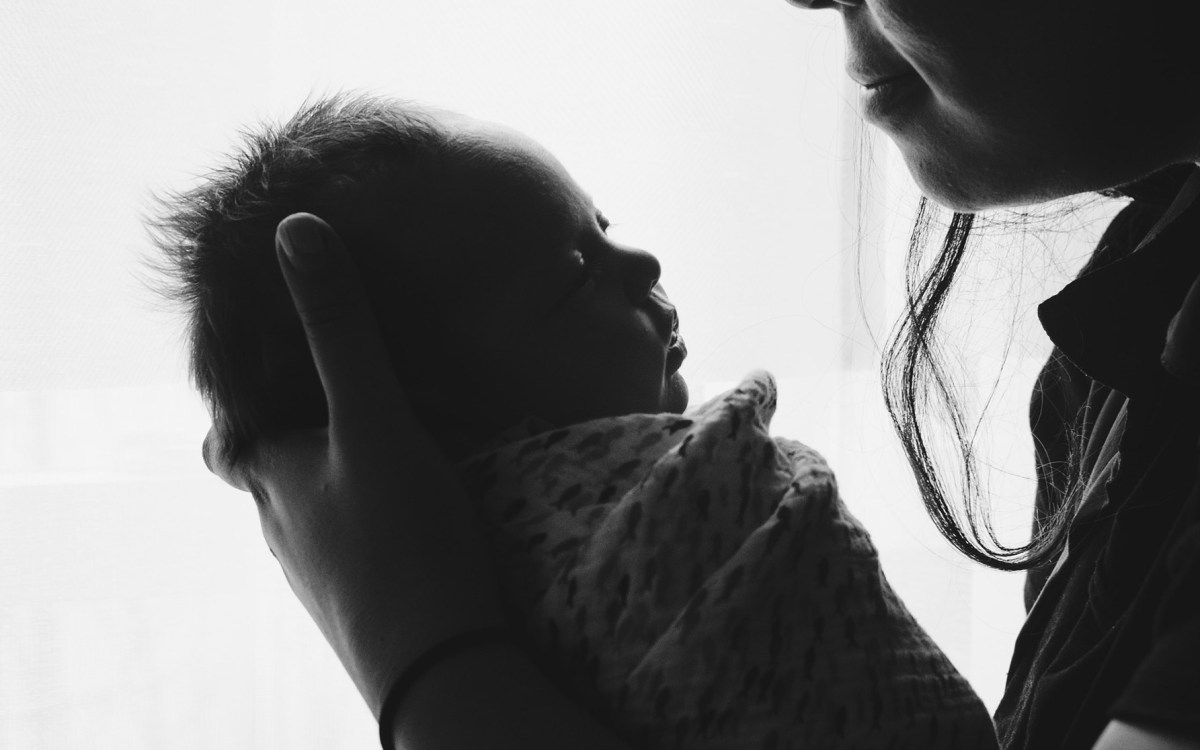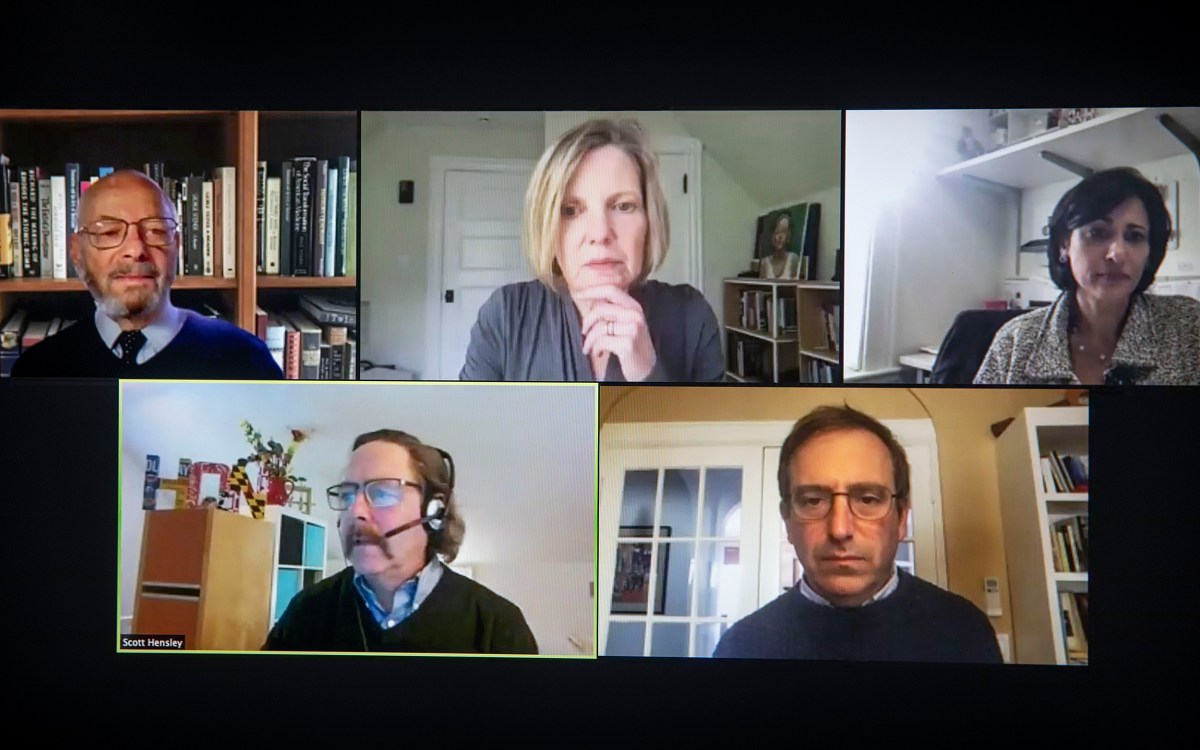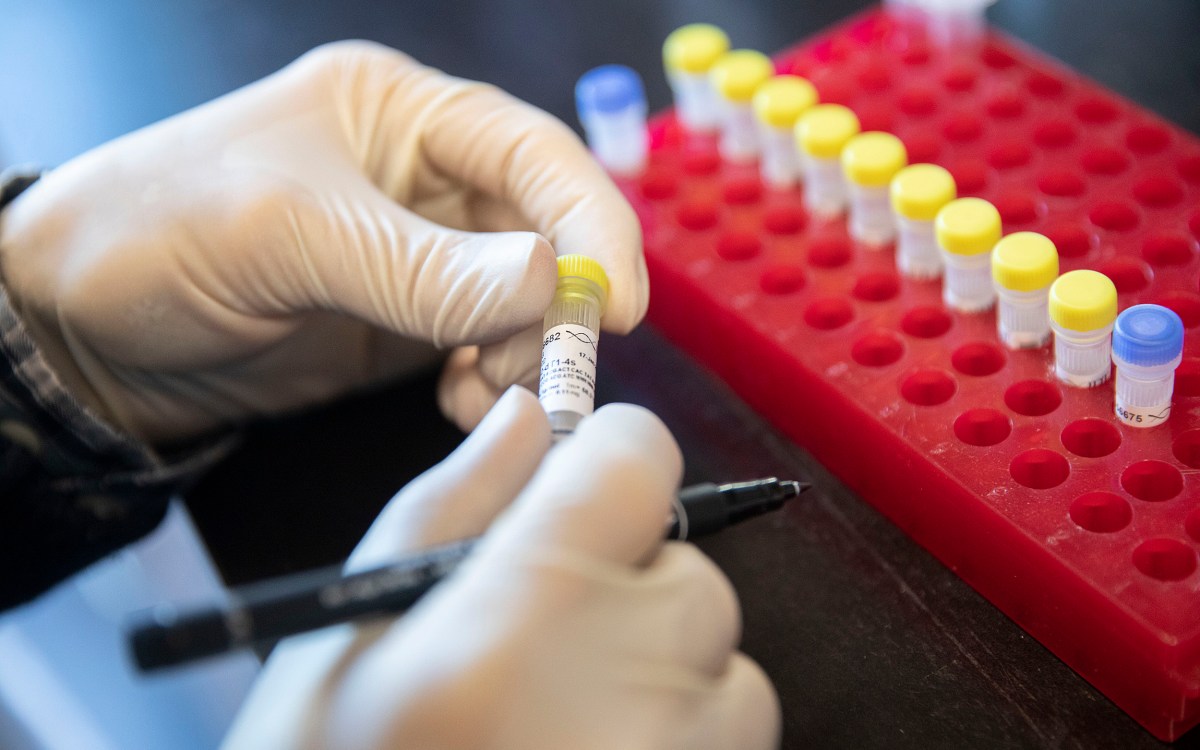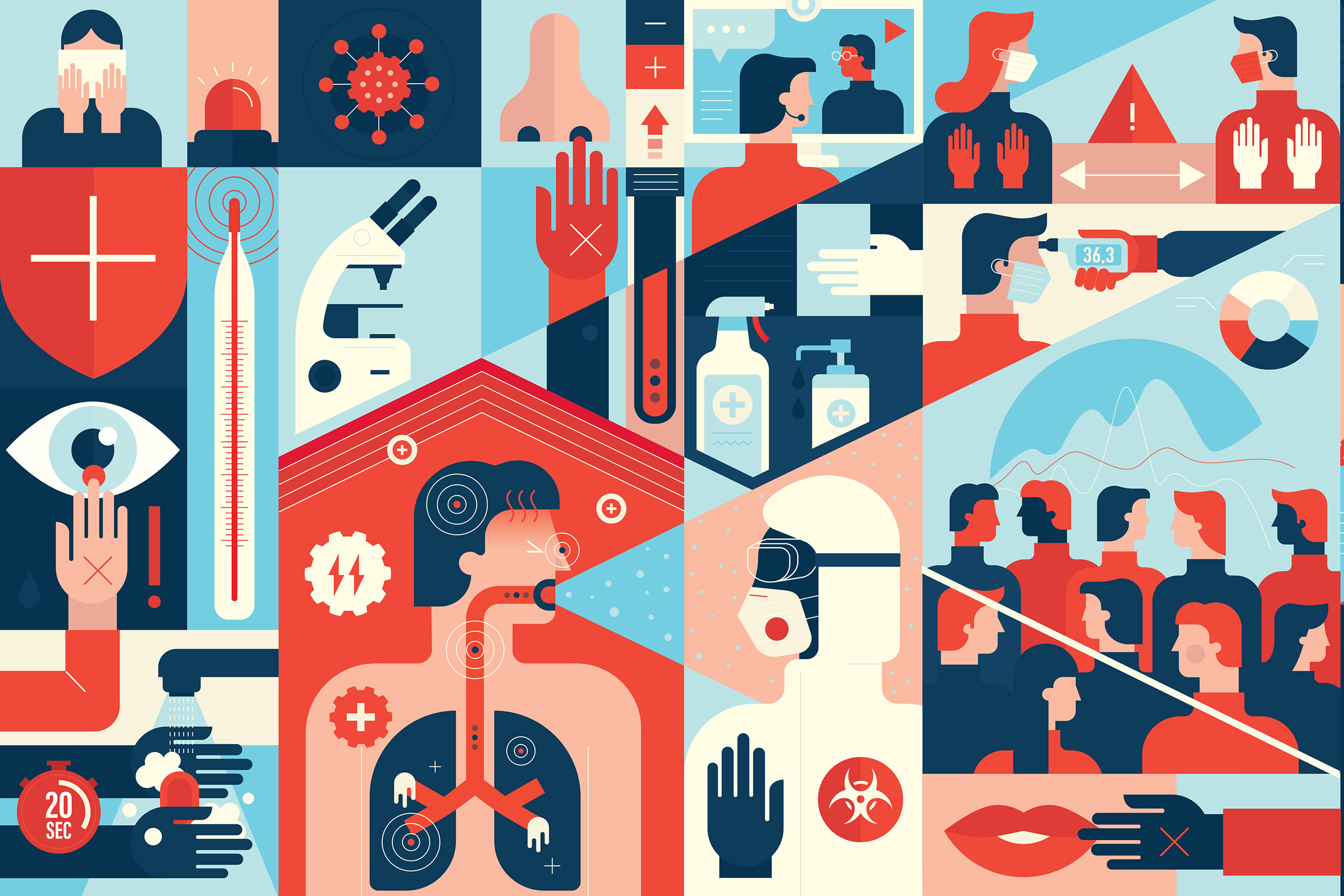
iStock
Seeded amid the many surprises of COVID times, some unexpected positives
Various innovations, rise of women leaders, greater collaboration between scientists, clinicians, to name few
The coronavirus was called novel because scientists had never seen it before. And since the disease took hold, so much about it was a surprise: its virulence, transmission, symptoms, the upending of daily life, the magnitude of sickness, loss and sometimes death, and the inequities it highlighted. As can happen even during the harshest times, though, there also emerged over time a few surprising, unanticipated positives, tiny flowers amid the cracked stones. The Gazette recently contacted experts to ask about those.
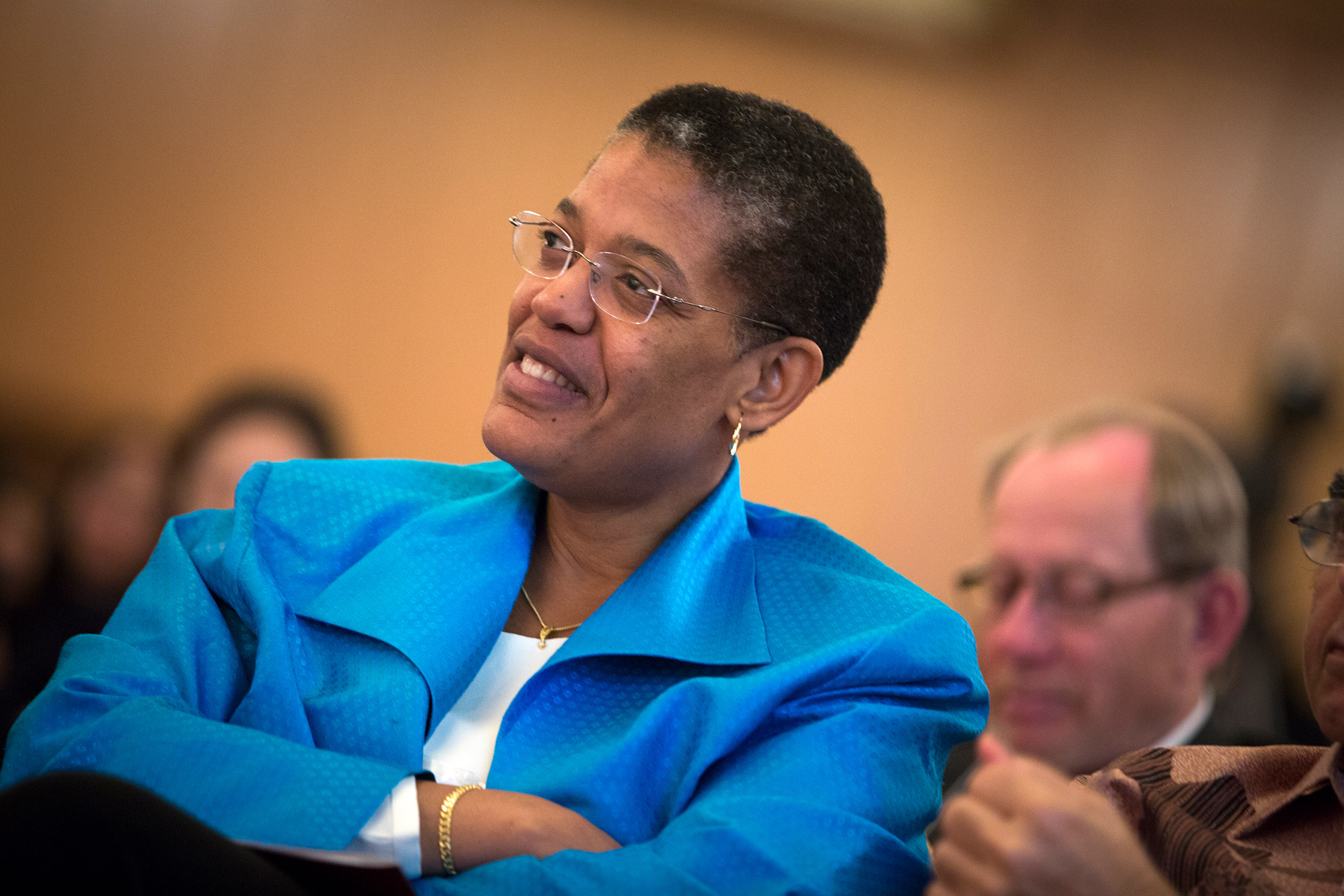
Michelle A. Williams
Dean of the Faculty, Harvard T.H. Chan School of Public Health
The pandemic has forced a reckoning. No longer can any sector function without public health integrated into its DNA — it’s only unfortunate that it took a global health crisis to reframe the significance, magnitude, and vitality of what we do. Our field is now embedded in the public consciousness; it is seen, understood, and appreciated in a way it never has been before. Just a few examples: We’re leading long-overdue dialogues around health inequities—why Black, Latinx, and Indigenous Americans are suffering disproportionately during this pandemic. We’re witnessing real-time innovations in telehealth, with mental health in particular finally being given the same priority as physical health. And we’re watching other sectors integrate public health values into their practices —and CEOs already discussing the need to add chief public health officers to their C-suites. Most importantly, we have witnessed powerfully impactful public-private partnerships that brought forth spectacularly novel and effective COVID-19 vaccines in record time.
I’m also so excited that we’re seeing a huge shift at the educational level: Applications to degree programs hosted by the Harvard Chan School increased over 40 percent, and applications to the MPH in epidemiology program increased 177 percent. That tells me that our future leaders truly embrace the primacy of public health.
We are all changed, because we now know that caring about populations is imperative to each of us. Public health is in us all.
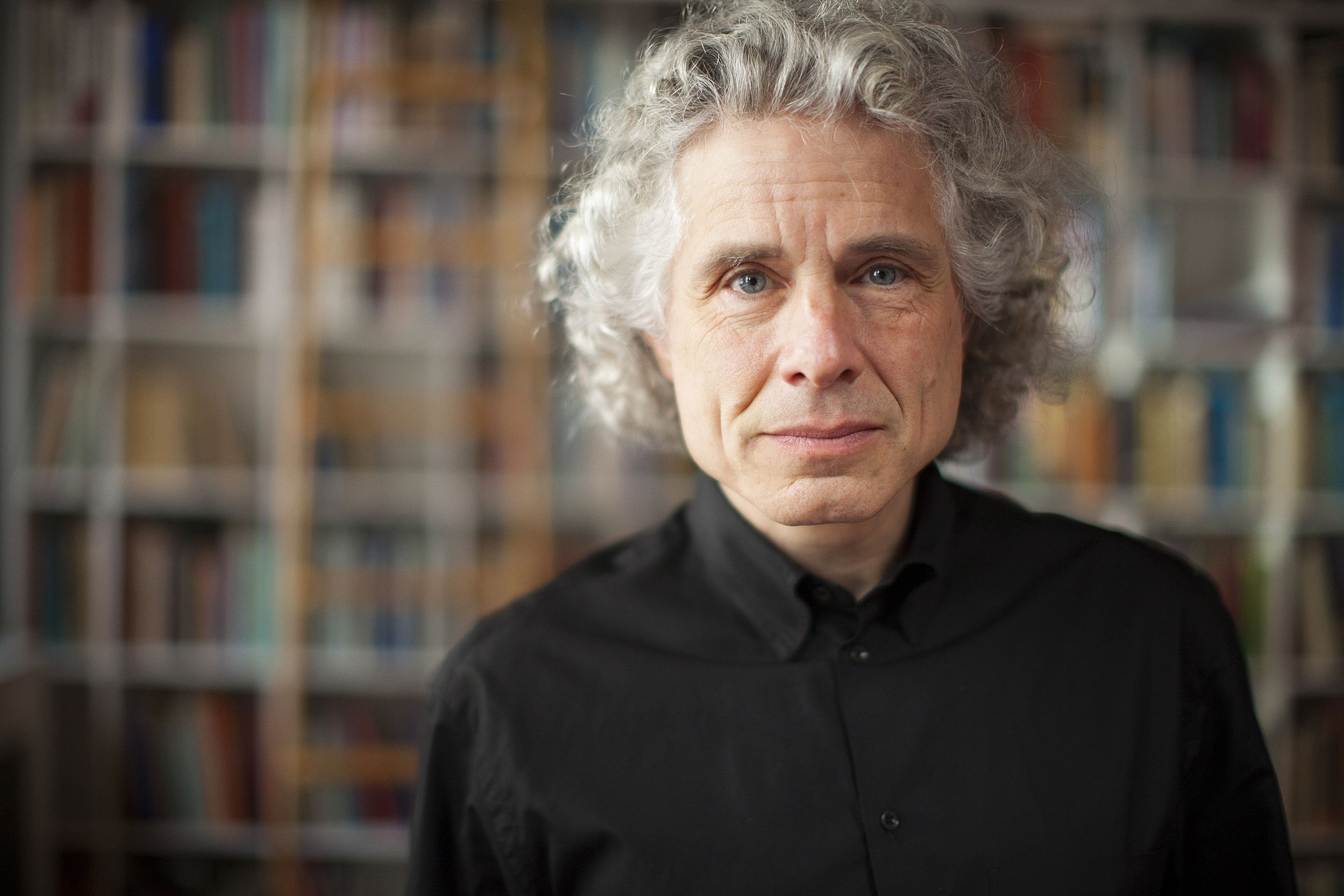
Steven Pinker
Johnstone Family Professor of Psychology
Humans are informavores — we live on information. It is remarkable how much interaction can take place by language alone. People fall in love through epistolary courtships, and many of us have sustained friendships, family ties, and romances over long stretches by phone.
Videoconferencing adds the channels of facial expressions and graphics, and the pandemic has shown us how much work can be done without bodies being in the same room. Thanks to Zoom, courses get taught; papers get written; business is transacted. For frequent flyers and committee veterans, the way that life has gone on has taught us that we spend too much time, hassle, and fossil fuel in putting bodies into metal containers and shuttling them across the city, country, or world when often the exchange of information is often just as easily accomplished with a screen and speakers.
Of course, we are incarnate, and nothing can replace face-to-face contact, especially in more intimate relationships. But it would be a missed opportunity not to replace all those physical meetings we never enjoyed in the first place with quicker, cheaper, and more carbon-neutral alternatives.
Does this mean we will see the end of business travel, conferences, and commuting onto campus for meetings? Of course not. The 21st century has seen repeated inroads of electronic media but never a complete takeover. The USPS continues to exist, and you can get hard copies of The Times. The ratio is unpredictable: The Yellow Pages are extinct, but books are thriving. The residue of Zoom after the pandemic is under control will tell us how much human interaction absolutely requires physical presence and how much involves only the transmission of bits.
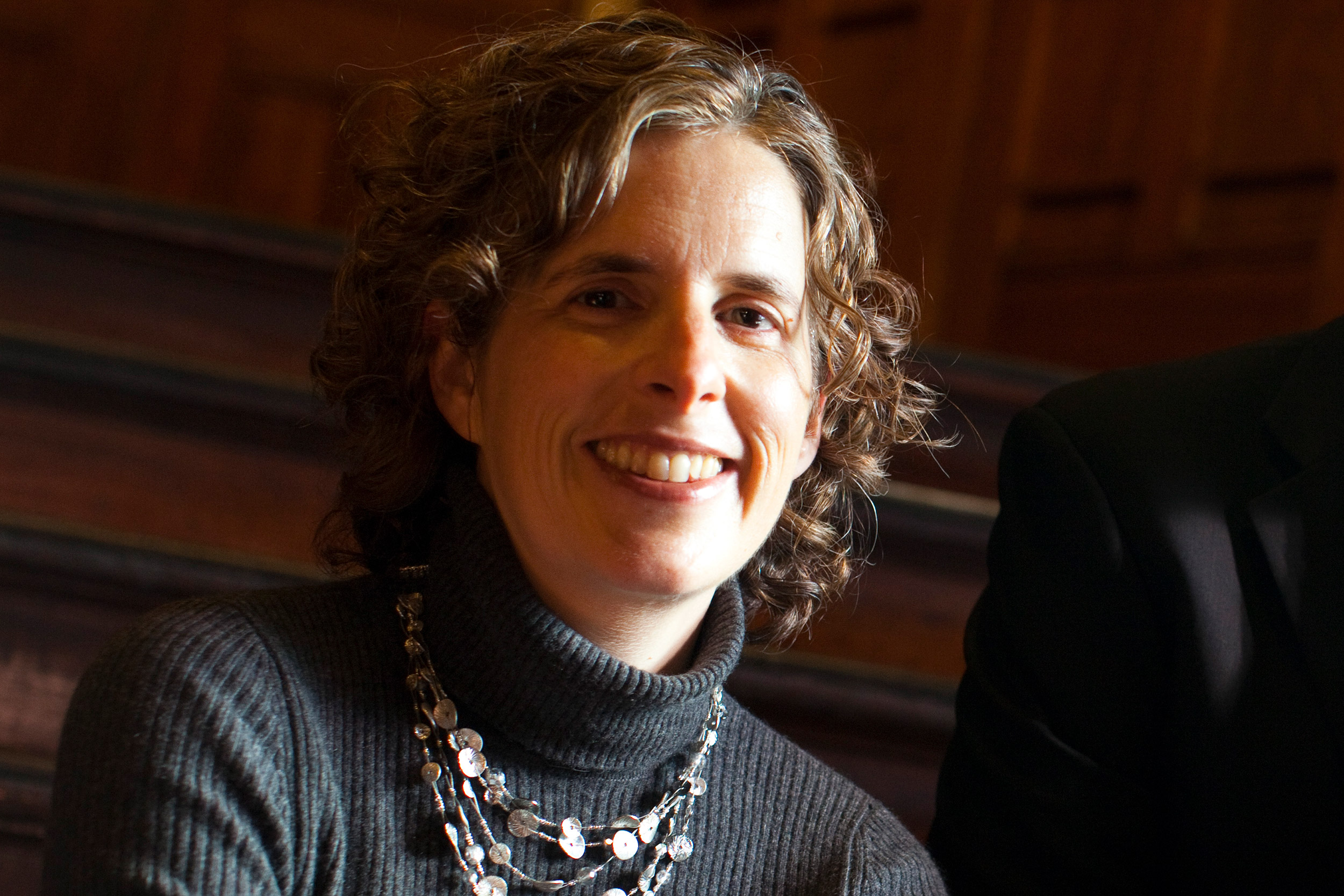
Ingrid Theresa Katz
Associate Faculty Director at Harvard Global Health Institute
Associate Professor at Harvard Medical School
The first upside is the unprecedented level of collaboration that I’ve seen across disciplines. As someone who works in global health, I have seen this in other contexts, but it’s incredibly encouraging and energizing to see this across so many fields, from basic science and clinical medicine to behavioral scientists. We’ve seen a lot more reciprocity across borders, recognizing that this virus itself crosses borders, and therefore we need to be responsive in a way that doesn’t hem us in by our traditional boundaries, whether it’s by discipline or whether it’s by country. I think that sets the stage for more opportunities for team science. It’s often hard to create an atmosphere that allows for that, but this moment has opened up that dialogue and shown a way forward. I don’t think we would be anywhere near as far as we have been in terms of developing vaccines and therapeutics if it weren’t for this level of collaboration, which shows that we have the potential to address big problems when we consider these opportunities to work together.
A second upside is that we all have learned new ways to connect people, particularly in the space of pedagogy and education. I had the great opportunity to lead a course this fall with my colleague Allan Brandt, who is a professor in the Department of History of Science, to teach a course on COVID to Harvard undergraduates. We had over 75 faculty members from across the University come to teach in our class, and the fact that we can do this now virtually allows for a lot more fluidity and opportunity for people to participate in things that they haven’t been able to do previously. That is a testament to the cross-disciplinary nature of the work that’s being done.
The third thing would be an awareness of the importance of public health and vaccine efficacy. We’ve lived in a time of relative health and wellness compared to other generations that were decimated by infectious diseases. Over the last 50 years, we’ve had such an abundance of effective vaccines that so many of the vaccine-preventable illnesses were not a concern for most people, to the point where people started to question the importance of vaccines. As hard as this time is for all of us, it is a critical reminder of the importance of public health and vaccines. It’s important to reevaluate the investments in public health or lack thereof, because public health as a field has been, in some ways, neglected in terms of investments, and we’ve taken it a bit for granted. Now more than ever, we need to remind ourselves of the critical importance of public health and investing in that system. In some ways, it’s a painful but important reminder.
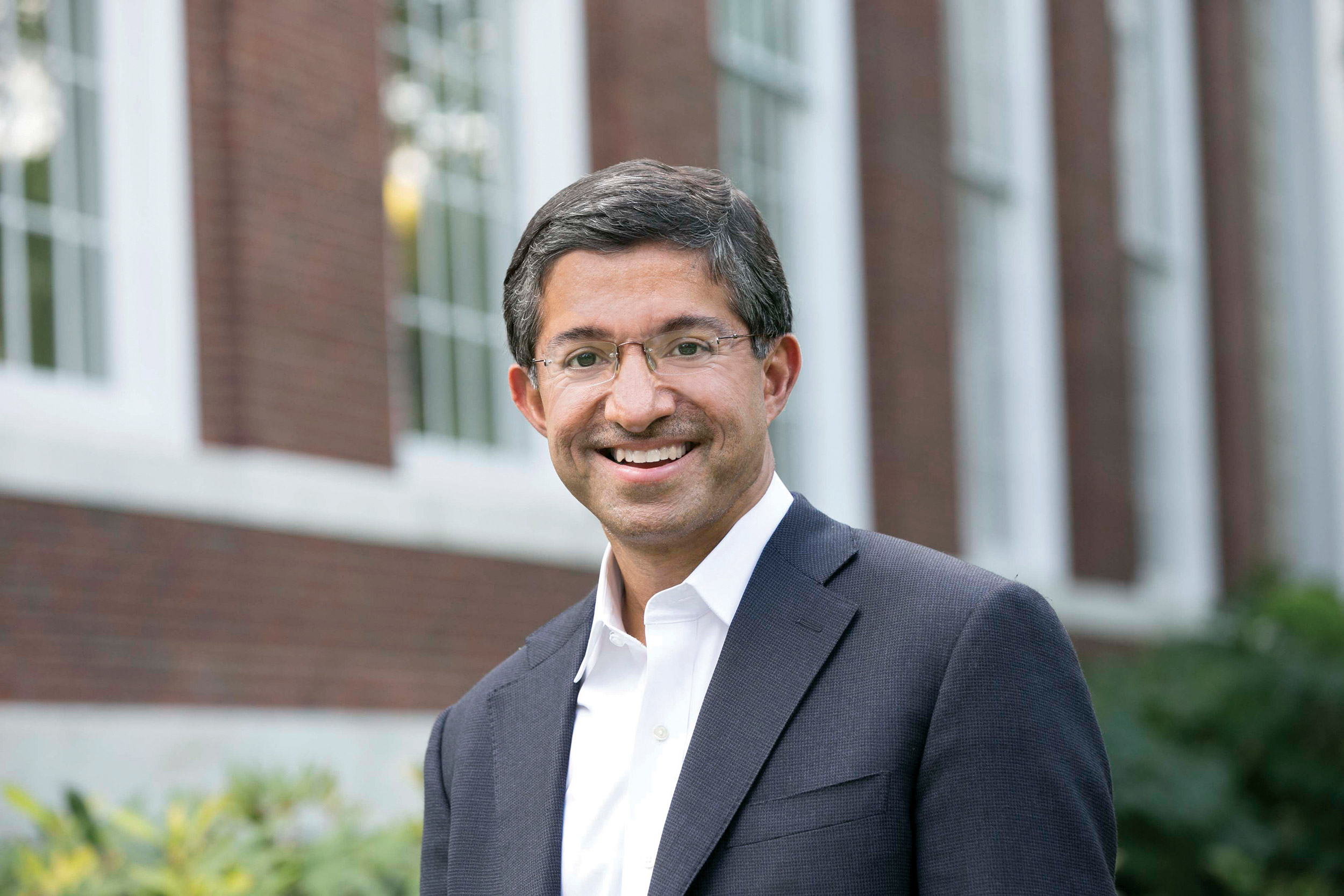
Bharat Anand
Vice Provost for Advances in Learning and Henry R. Byers Professor of Business Administration
Even while acknowledging the dark clouds from the pandemic — isolation, fatigue, the sheer duration, mental health, and the absence of in-person connections around Harvard — there have been many silver linings related to teaching and learning at Harvard this past year. More than 5,000 Harvard faculty and teaching staff have rethought the fundamentals of how they teach and the subsequent innovations have been wide-ranging. (Some of these innovations, small and large, have been captured through the faculty’s own voices in the Teaching Innovation Galleries.)
Active learning is now a part of everyone’s teaching lexicon. Creative use of features like chats, break-out rooms, and collaborative workspaces have shown where remote teaching can actually be better. Some faculty have leveraged students’ diverse local experiences from dispersed geographic locations for the classroom; others have offered University courses open to every student across Harvard; and many have tapped experts from around the world to teach virtually. In all cases, by collapsing time and space, remote teaching has surfaced opportunity.
Beyond the pedagogical innovations there have been impressive programmatic and infrastructural transformations too. Harvard’s Graduate School of Education was among the Schools that piloted online degrees, finding that they could reach a larger, more diverse, and more experienced set of learners than they had before. Executive education programs across Harvard had to shift from offering exclusively in-person programs to virtual delivery, in the process, realizing they could reach larger numbers of learners, with shorter lead times, lower marketing costs, and effective delivery — results previously considered unthinkable. Physical objects have been incorporated and transformed for teaching, including use of hands-on kits, library objects, and hybrid classrooms. Some faculty have entirely rethought their approach to assessments. And, even as most classes have moved to smaller sizes to create a more intimate experience, some have gone the other way, with success. In an effort to see whether one can engage at scale, AfricaLive! — a program for African entrepreneurs — featured three faculty members from Harvard Business School and the Faculty of Arts and Sciences simultaneously co-teaching case studies to 700 learners with remarkably high engagement.
The pandemic has unleashed creativity. It has increased empathy. And it has increased clarity about what Harvard really is — less to do with the buildings on our campus and more to do with the power of creating content and connections.
Now how can we build on these ideas, and the innovations that have occurred, to create a better, richer, and more inspiring experience when we move back to in-person? If we can, this year will have been about more than just coping. It will have been about transforming our core experience for our students when they return and perhaps far into the future.
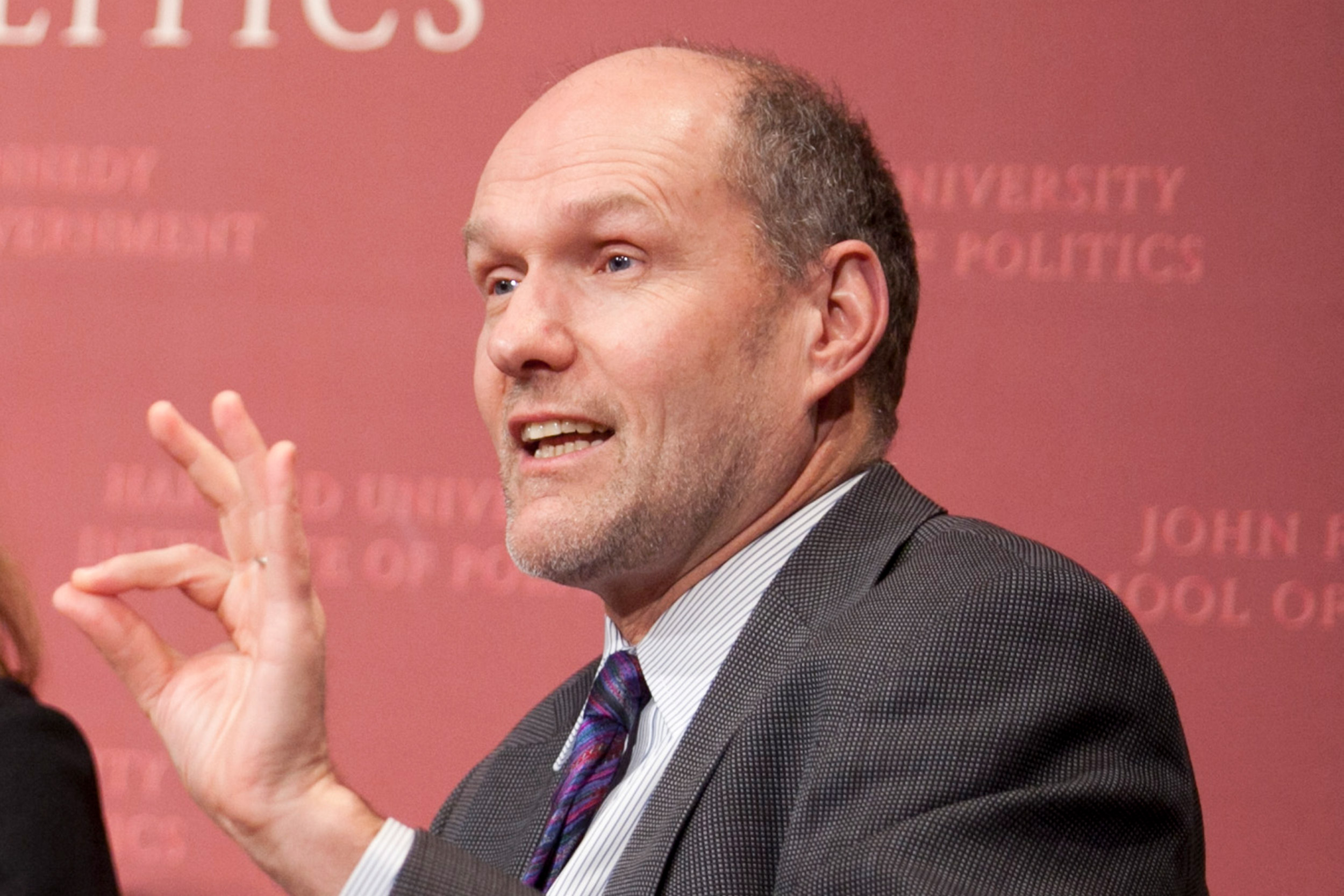
Stephen Walt
Robert and Renee Belfer Professor of International Affairs
COVID-19 has been an extraordinarily damaging event that has harmed every country on the planet. It is especially hard on poor countries and for poor people within wealthy societies. The pandemic has also reversed some of the progress that has been made on gender equality, and it will have some long-term negative effects — 10 or 20 years from now — on people whose education and careers have been disrupted.
We have to remember that this is a disaster. But there are still some developments that are potentially encouraging over the longer term. First of all, like every emergency, the pandemic is fostering many types of innovation. Teachers have learned to do online classes, for example, and we’ve made extraordinary progress in creating a vaccine. Second, we’ve bought ourselves a little bit of time on climate change because the world economy shut down, and people stopped getting on as many airplanes. This is a temporary blip that does not end the climate problem, of course, but it may have given us another year or two in which to deal with it.
Third, we’ve learned something about the role of women in politics. In particular, we’ve discovered a very intriguing phenomenon: Countries that were led by women seem to have done better on average than countries led by men. To be sure, there are some countries with male leaders that have done quite well and not every country with a female leader has handled it perfectly. I could also point to some states in the United States with female governors that haven’t done particularly well. Nonetheless, it’s intriguing that Taiwan, New Zealand, Denmark, Germany, Finland — all countries with female executives — are at the high end of performance in responding to this crisis. We don’t know if this a direct causal relationship — is there something about these female leaders that made them more effective, more empathetic, or more convincing? — or if there is something about societies that are more open to having women in the top positions that made them more adaptive or better able to respond. But perhaps this crisis will teach us that having women in charge in the middle of an emergency might be a genuine asset. That’s a lesson we’d do well to ponder here in the United States.
Lastly, perhaps the most important lesson is that we can’t just rely on the free market or on scientific miracles to keep us out of danger. In order to deal with an emergency of this scale, you also need effective public institutions and a scientific community, both inside and outside the government, that work well and are widely trusted. The countries that have responded well, such as Germany, had well-established and well-funded public health institutions. By contrast, the United States has a decentralized, chaotic, and unevenly funded public health system, even though our country spends enormous amounts on health care of all sorts. Our system has performed badly at the federal, state, and local level. And at the global level, the World Health Organization did not handle this as well as we would have liked.
My hope is that this broad lesson is not forgotten when this pandemic is passed. Over the last 30 years, mankind faced a number of serious viral epidemics — AIDS, SARS, Ebola, and Middle East Respiratory Syndrome (MERS) — and now COVID-19. That tells us that another potential pandemic will occur in the future, and probably not that long from now. The obvious lesson is that we need to build institutions and procedures that will allow us to handle the next potential pandemic more effectively than we did this time.
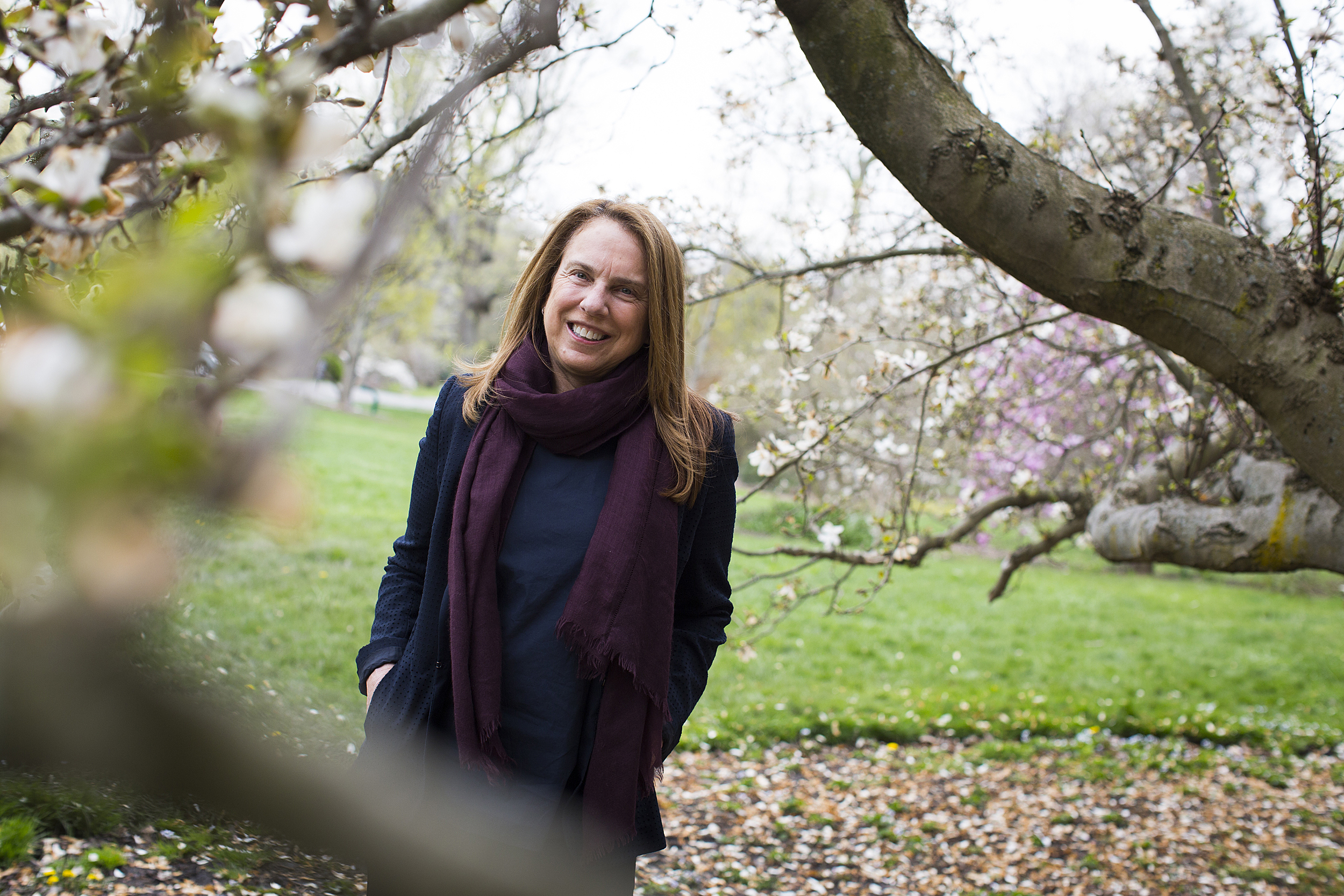
Pamela Silver
Elliot T. and Onie H. Adams Professor of Biochemistry and Systems Biology
The unforeseen upsides to the pandemic run the scale from global to local. At the international and national levels, despite all the anti-science movement, I actually think a lot of people are getting a science education. Lots more people are going to know what messenger RNA is, what an antibody is, and how the immune system works. That’s kind of exciting. At the local level, it’s been amazing to see how so many people stepped up and pivoted their research efforts to working on COVID. It has just been phenomenal in terms of the community getting together as scientists. It’s sad that it took a pandemic to do this, but I’m a big proponent of solving hard problems by engaging people from all fields and all levels. We ourselves, at the Silver Lab, had an ongoing project for a couple of years before that was about predicting how bad a potential emerging pathogen could be. For us, this was like a real-world stress test. We got to take our technology and see what the answer was, and scarily enough, the answer was this virus was really bad. At the same time, we were able to share our research with colleagues all over the country and the world because we were all on Zoom. Getting all those people in one room would probably have been next to impossible. I met people whom I never would have met; I have collaborations that I never would have had.
We were able to keep part of our labs open because we were working on COVID, and that was exciting for students and postdocs who wanted to be engaged in what they do best, which is research. Being engaged at that level was also a positive. I’m hopeful that maybe this will change aspects of how we do business here at Harvard and in Boston, in general. We are a community, and we should work more together. Lastly, the other part of this was that as we were getting to know people we didn’t know before, we were able to put together a collaboration with AbbVie, the pharmaceutical company, toward a totally new area of trying to discover new antiviral targets. There were plenty of downsides, but I try to be positive first.
The other thing that was exciting was taking part in the early research on COVID. As soon as the sequence of the virus was published, we decided to assess its relative effects on the immune system compared to other coronaviruses. We did this by having all the genes synthesized, and we were able to rapidly order all the genes and got them before all the companies, and it became a repository, which we just gave away freely to anyone in Boston who wanted them. Lastly, I should add that another thing that was exciting was watching one of one of my colleagues in the department, Mike Springer, become one of the world’s experts for developing new testing strategies. Mike and I had worked on another project together about ways to trace agriculture or food as it moved through the food chain. Mike is the senior author on that, but when COVID appeared, he began to research the testing problems around COVID, based on the technological know-how he had. Watching that happen has just been amazing.
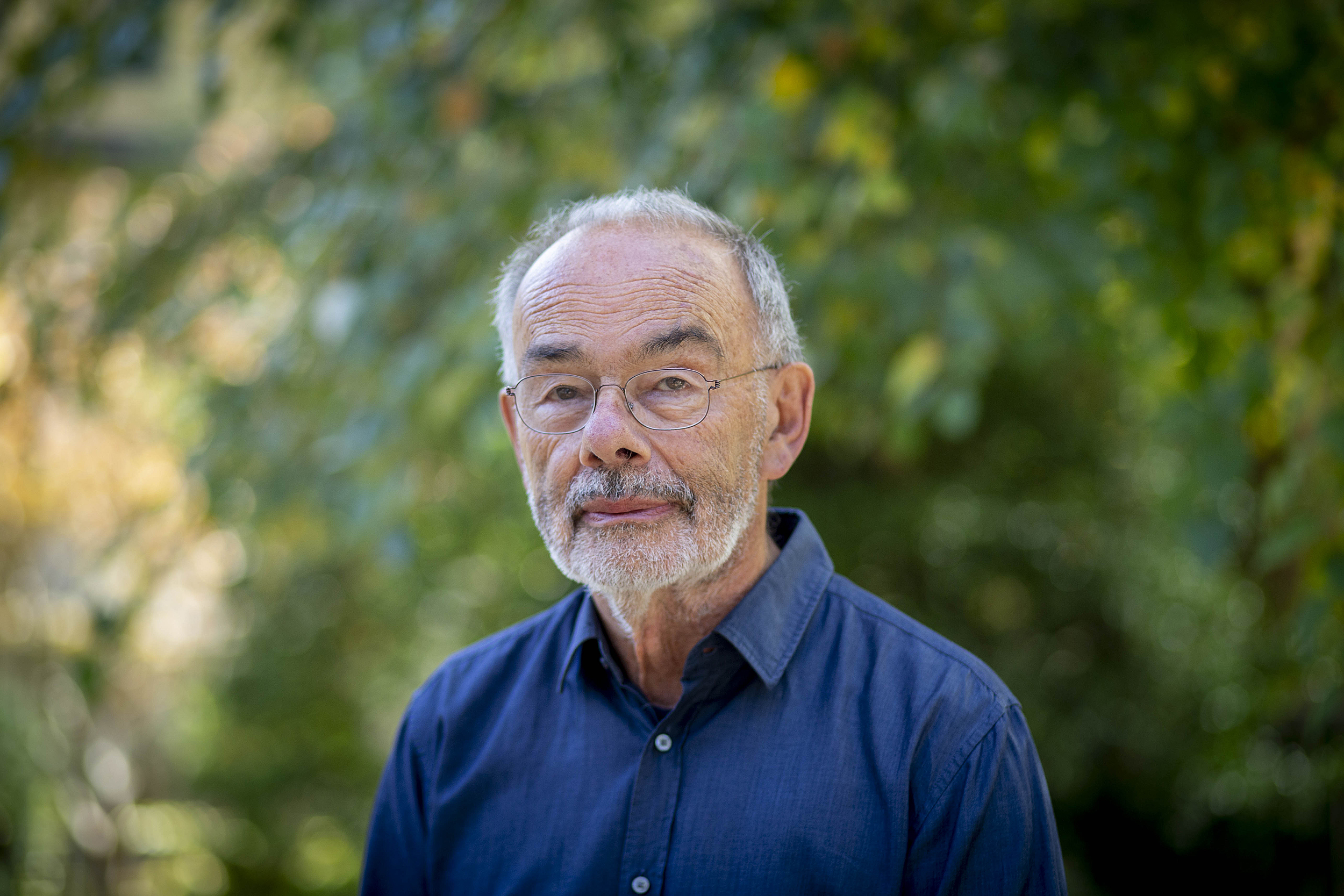
Tom Delbanco, M.D., MACP
John F. Keane & Family Professor of Medicine
I remember when AIDS began. We watched patients dying; we were totally helpless. I remember saying at the time, “This is awful, and it’s awful what it’s doing to the gay male community and the IV drug users, but it will probably push medicine forward.” And that’s exactly what happened. We got new insights into ethics, into delivery systems, into care in the home, and we certainly got new insights into viruses, how to treat them and how to care for desperately ill people.
I’m always an optimist, and I think when disasters hit, they will probably lead to a lot of advances. This pandemic is no exception. We’re already seeing that with the vaccines.
In the area of health care delivery, which is my expertise and my passion, we will certainly progress, in part through the expansion of telemedicine. People have been talking about telemedicine for many years. It’s one of these technologies that has been “just around the corner.” But it never really caught on, partly because patients feel it’s incredibly valuable to be in the same room with the doctor — even though they’re angry that the doctor spends so much time these days staring at the computer rather than looking at the patient. One of the advantages of telemedicine is that the doctor really looks you in the eye! We shifted overnight last March to telemedicine. Almost 90 percent of the visits at Beth Israel Deaconess Medical Center’s primary care practice had to switch to telephone or video interviews. This makes fully open and transparent communication even more important, as we urge in the international OpenNotes movement that advocates that clinicians share what they write in records with their patients. Next spring that becomes federal law!
As a new initiative with OpenNotes, COVID-19 is accelerating adoption of an initiative we call OurNotes. Before they get on their telemedicine visit, or before they come into the office, we ask patients to prepare by writing out and telling their clinicians what has happened since their last visit and to try to articulate their goals for the upcoming visit. Given urgency for innovations, we quickly wrote in the New England Journal of Medicine Catalyst about the initiative, and the practice is already spreading.
To engage patients more actively in their care has always been a struggle, but the virus, by virtue of having people seek care from their homes and trying to stay out of institutions, will over time advance the way we do things. And this is also returning us to first principles: Listen to patients; ask them to get involved more actively in their care; and we will come up with a better outcome. We’re already seeing that. More active participation and partnership will enrich medicine, and I think it’s here to stay. And while some of the work will return to the office, a lot of it will stay out.
Perhaps most importantly, all of this is forcing us to address social priorities in ways we never had to do before. Pandemics uncover social diseases and wounds. COVID-19 is making diagnoses for us about social inequity, social ills, and social challenges. That will help us, I hope, develop more equitable therapies and cures that we might otherwise not have addressed in a timely way.
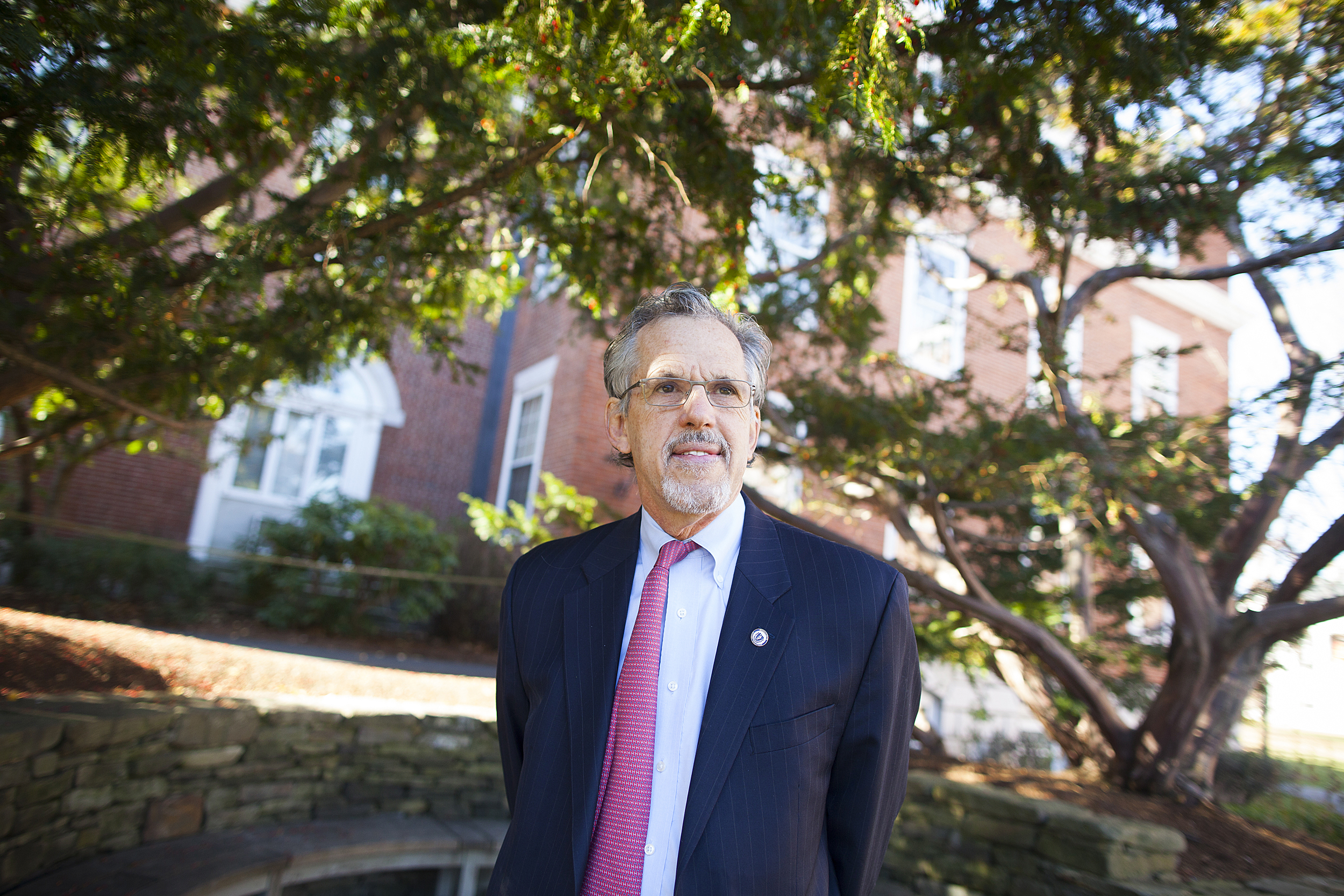
Paul Reville
Francis Keppel Professor of Practice of Educational Policy and Administration
I wrote a paper for the Centers for Disease Control and Prevention, which listed seven transformational changes that I thought were possible in the middle of this pandemic. First, the advent of digital learning to the education sector that, if properly and fully embraced, could result in some major changes within our field, for example, breaking down the barriers of time and place that lock us in schools, enabling us to do another aspect of transformational change that needs to happen: personalization. We also have also seen the urgent need to get every child and family equipped to be partners in educating the children. Like internet access, family engagement was once “nice to have,” but now it’s essential to have.
One of the foremost weaknesses of the current system of public education in the United States is its basic design flaw, a “one size fits all” assumption which came from the early 20th-century application of a factory model to education. We teach to the average, assume equality is equity, and figure it’ll all just work out. But there’s no such thing as average anymore, and there’s huge variation in children’s life experiences outside of school, especially in this era of profound inequality and deep poverty. You can see it very vividly in the pandemic, where affluent families are doing a pretty good job of coping, supplementing, and compensating for the lack of in-person education, and other children, especially children of poverty, are just off the grid altogether. We need a system where the design paradigm is “meet the child where she is and give her what she needs, inside and outside of school, in order to be successful.” We do this by developing a success plan for each child and then giving everyone a navigator, an advocate. We have too many students who go through schools anonymously; nobody knows them or looks out for them, and they’re not connected to anybody.
Another transformative aspect of education that needs to be heightened is relationships. The greatest casualty in the pandemic has been the fracturing of relationships of students with one another, with their peers, and with their educators, and this crisis has given us a chance to see that our schools aren’t really organized to incentivize or to grow relationships. Family engagement, as mentioned, is another transformative idea in education. As a result of this pandemic, families are the principal educators of their children, whether they want to be or not, whether they’re available and capable or not. The task is to figure out how to make that family engagement a permanent part of the architecture of schools, to build a real family partnership for raising and caring about young people.
I hope that in this crisis, we wind up taking a more holistic view of our obligations as a society to children. Schools are important, but schools alone are not enough to get the equity job done. They don’t have the capacity. They don’t have the time. They don’t have the resources. The whole community needs to come together and think about how to collaborate to build a cradle-to-career, holistic child development and education system, which will empower our families and young people with the supports and opportunities they need in order to ensure the children’s success. We’re in a moment where success for the future in education is not going back to the status quo because that legacy system was not working all that well for far too many of our children. We now have an opportunity for transformative change because people have been forced into some of the discomfort that inevitably accompanies changes. So, we have a kind of head start on the big changes we need to make if we truly want to prepare all our children for success. We have a little momentum, and we’ve got to keep that going.
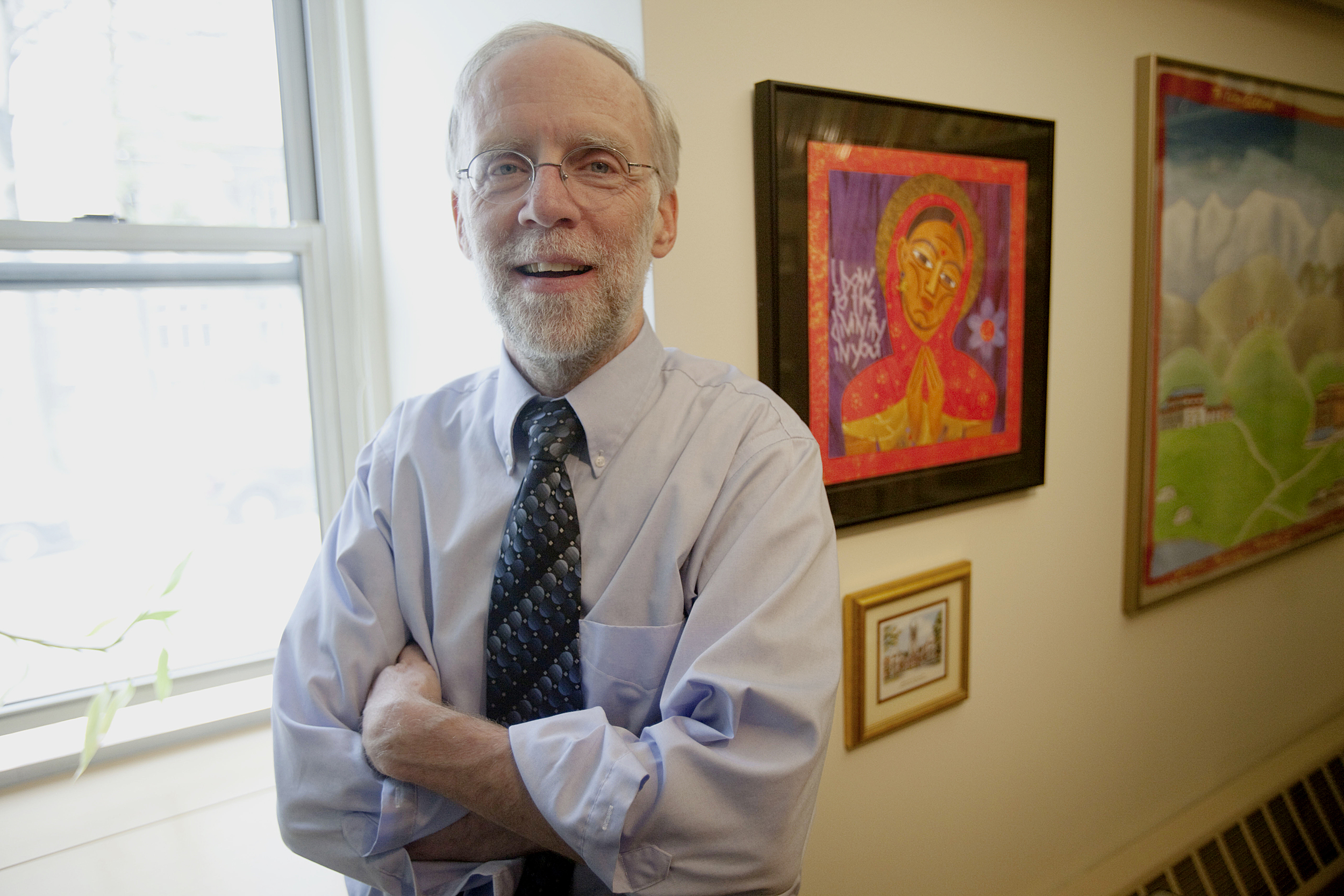
Francis X. Clooney
Parkman Professor of Divinity and Professor of Comparative Theology
I must say, first, that you can’t talk about the upside until you at least acknowledge the downside. We have to be mindful of the many people who have died and the people who are very sick, and the suffering endured by those who have lost their loved ones, their jobs, and those whose lives have been disrupted most painfully. We also have to remember all the inequities connected with that, in terms of who’s vulnerable and who’s not, and who’s suffering more and who’s suffering much less. I am mindful that I speak from a very fortunate, safe, and secure position.
More like this
Having said that, I’ll just mention three points on the upside. The first unexpected upside is the chance to see how so many different religious communities in this country and around the world have risen to the challenge of dealing with COVID. This is one of those rare situations where it’s not simply about North America or Western Europe or the Middle East or South Asia or Africa, but the whole world, all at once: Religious people everywhere have had to face up to the crisis of the pandemic. Invariably, there have been recourse to scriptures, to traditions, appeals for faith in time of trouble, outreach and service, and interfaith cooperation too, initiatives to bring together people of every tradition. We’re all, as human beings, facing the same crisis. Our religions will not, we can hope, ever be the same again.
A second interesting point has to do with religious practice that is suddenly on the internet, enacted in all kinds of social media, with scattered congregations worshiping from afar. The closing of places of worship has forced leaders and communities to think about what is really the essence of the worship that’s taking place: Can you do it from a distance, or do you have to be there? What if people don’t come back when this is over? Suppose the current practice is the new normal?
Third, there is a challenge that we might not wish to face, but may of necessity benefit from. The economic crisis that we’re in is making universities and colleges trim their budgets, freeze hirings, lay off part-time staff. This seems to have hit the humanities particularly hard and certainly the study of religion. All this is hard and causes great anxiety and suffering, such as won’t be remedied in the short term. How then can we think of new ways to involve graduate students and young professors who are not in traditional academic roles in the study and teaching of religion? Perhaps the study of religion will of necessity find a new life outside the secure structures of the universities?
The last two weeks many of us attended the American Academy of Religion and the Society of Biblical Literature meeting, which normally attracts as many as 12,000 members from around the world. Because of COVID, it was canceled, but many of the scheduled panels and meetings were held online. The many downsides aside, this has opened up new possibilities, particularly for involving more scholars of religion from around the world who would not ordinarily have been able to attend. The study of religion is and should be a global phenomenon, so perhaps online conversations are here to stay.
The pandemic has, finally, broken up our ordinary patterns of life. We have had to lay aside many of the routines, at home, on campus, and in travel, that ordinarily filled our schedules and filled our lives. We are slowed down, yet living in a world of urgency and woe, where there is so much to be done. It is surely for the good that we are asking ourselves, “Why do I do the research, writing, and teaching that I do?” This existential crisis may be a good one, pushing us back to the basics.



